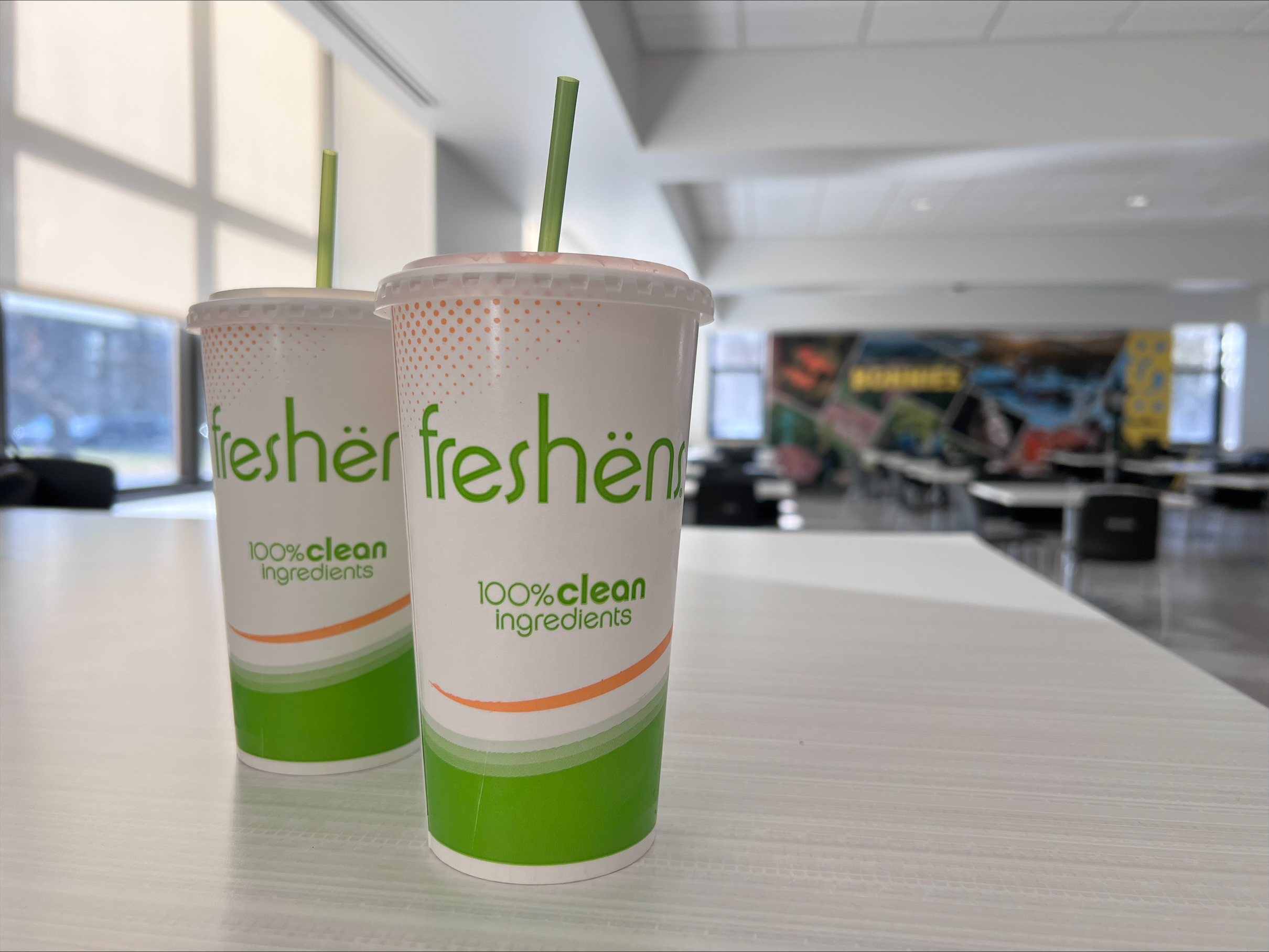By Charlie Randall, Contributing Writer
The question of hunger is a big one with an estimated 15 million households in the United States alone being considered ‘food insecure’ (a term coined by Fred Powledge but used by several hunger-fighting groups to classify the severity of hunger). While there are several different solutions and proposed ideas to combat and eliminate these issues, none are as promising, nor as fun, as growing food with aquaponics.
The definition, according to aquaponics.com, lists aquaponics as, “A form of agriculture that combines raising fish in tanks (recirculating aquaculture) with soilless plant culture (hydroponics).” When using aquaponics, this nutrient-filled water from raising fish helps feed plants a natural fertilizer. In return, the plants naturally work as purifiers for the fish. Put simply, you are simultaneously raising fish for filets as well as produce for the dinner table. The question remains, how can this help solve big issues like food shortages and hunger?
It comes down to the advantage of efficiency that it has over other forms of cultivation. While one could argue that a way to increase food would be to plant more fields and grow these plants the traditional way, there are factors like land constraints, machinery costs and expensive fertilizers, which can be unnatural and ground harming to account for. Aquaponics can be done anywhere for a fraction of the cost of traditional agriculture. If someone had the predisposition, they could grow their own herbs and spices for their cooking with a goldfish or betta fish in a simple fish tank.
How efficient would this be for mass production of food? The answer is that it would be very efficient since plants grow faster in water and these farms are about 75% self-sufficient. However, with this being said, it is most efficient for growing produce best. Root crops, like potatoes, are still more efficiently grown in the dirt while vegetables and fruits like lettuce and strawberries grow much faster in the water of an aquaponics system. In terms of fighting hunger, aquaponics could be very helpful in growing and cultivating healthy, sustainable food sources.
One real-world visualization to show the volume in which aquaponics can produce came from an argument to increase urban agriculture, noting that if one 10-story building was devoted to aquaponics farming, it could sustainably and effectively feed upwards of 100,000 people per year. Aquaponics simply is the most effective way to grow crops like fruits and vegetables in a time of food insecurity, not to mention the natural growth of fish as a protein source in the process. While it may not replace traditional agriculture, its inclusion in the fight against world hunger and food insecurity is essential to ebbing the severity of these issues.
randalco@bonaventure.edu








